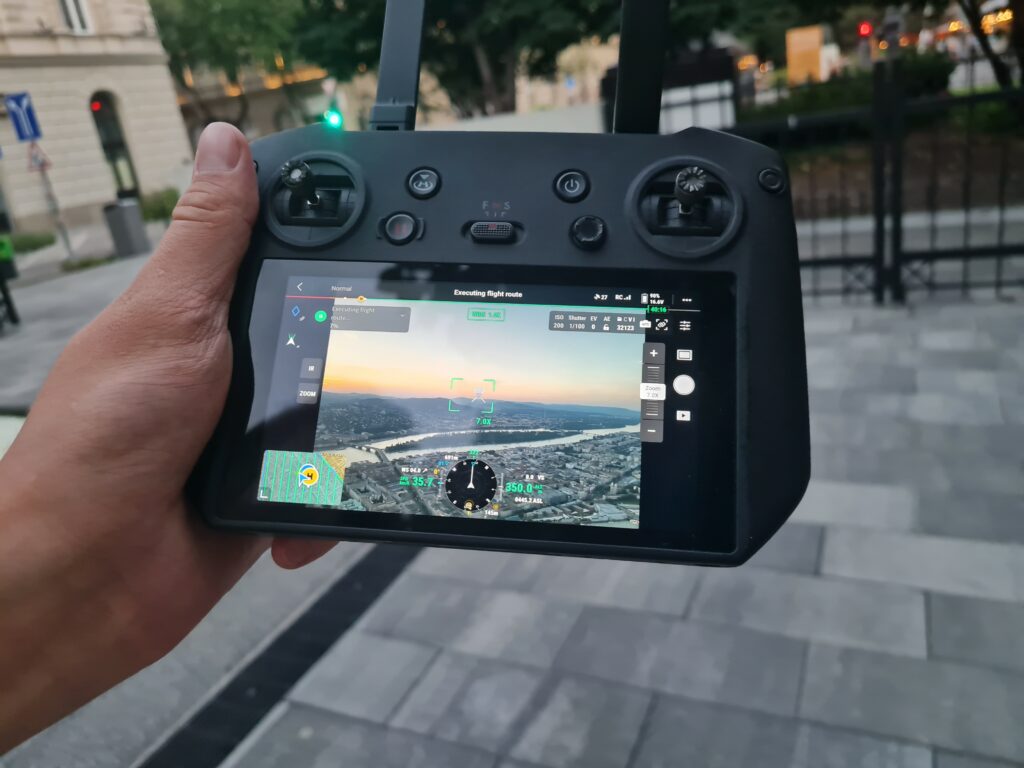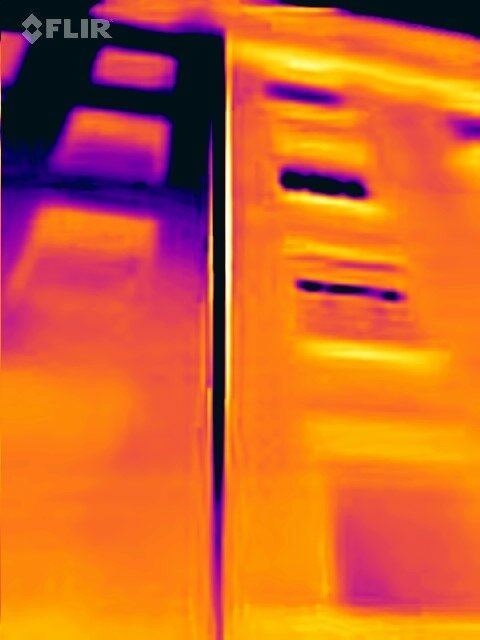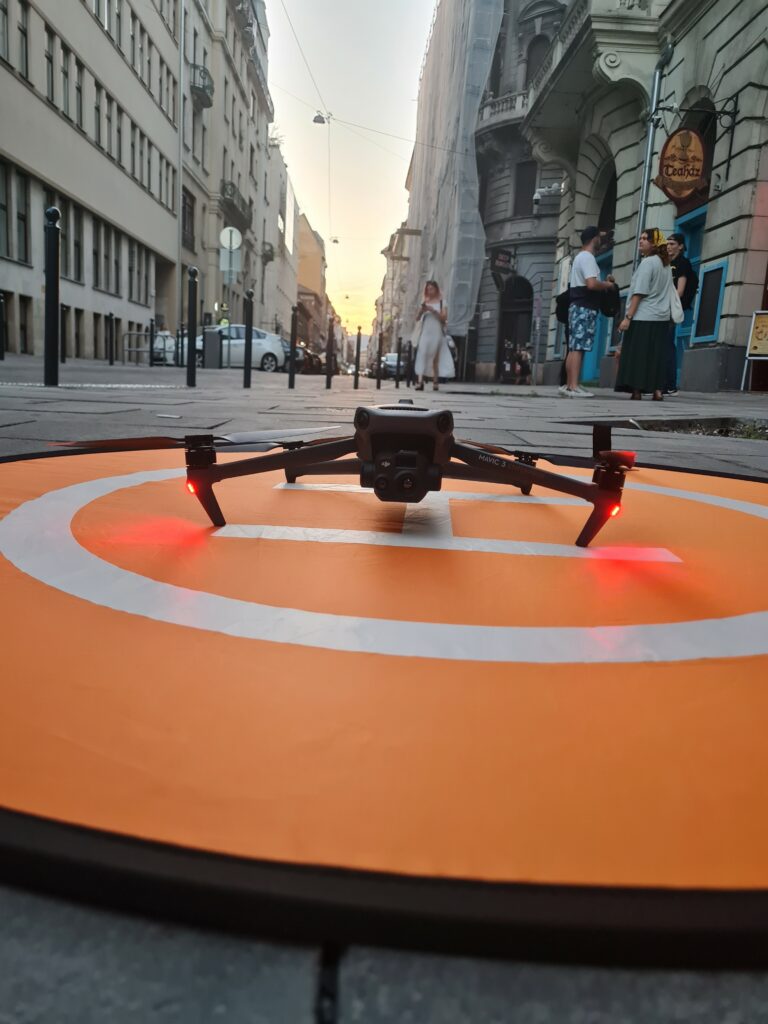Heat Mapping Campaign in Budapest: Insights from the I-CISK Project
In August 2023, under the framework of the I-CISK project, we embarked on a groundbreaking mission to measure heat emissions across two central districts of Budapest, Hungary: Terézváros and Erzsébetváros. This task was accomplished as part of the Budapest Living Lab “Heat Mapping Campaign,” utilising state-of-the-art technology.

Drone Measurements and Heat Cameras
Equipped with thermal cameras, drones were employed to survey a significant portion of the city center, conducting measurements over seven flight sessions. The campaign was carried out by IDEAS Science Ltd. in collaboration with the AirScan team.
The timing of these measurements was crucial. To accurately map the genuine heat emissions of buildings and urban objects, the measurements were performed after sunset, thus minimising the impact of solar radiation on the data.

Ground Measurements and Community Involvement
Simultaneously with the aerial measurements, ground-based data were collected, aided by a team of enthusiastic volunteers. Roaming the streets of inner Erzsébetváros, the team mapped the temperature of the streets and, using heat cameras, located both heat-emitting objects and cooler spots.
Data Analysis and Objectives
The drone-generated thermal images, orthophotos, ground temperature measurements, and heat camera images, supplemented with high-resolution satellite images, are being analyzed with the help of a Convolutional Neural Network (CNN). Our focus is on uncovering the urban and land-use patterns that characterize sections of streets most affected by heat insulation.
Our ultimate goal is to develop a climate data service that supports local adaptation and protection against heat for the residents of Budapest. By identifying the underlying factors that contribute to heat-related challenges, the ICISK project aims to foster a safer, more resilient urban environment.


A Collaborative Effort for a Better Future
This campaign is a testament to what can be achieved through technology, collaboration, and community engagement. By intertwining scientific innovation with active citizen participation, we are taking significant steps towards climate adaptation.
As we continue to analyse the data and refine our understanding, we look forward to sharing more insights and innovative solutions.